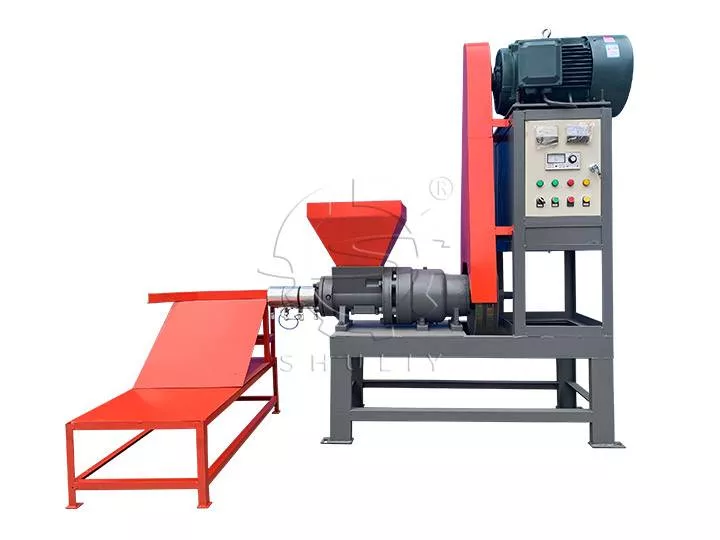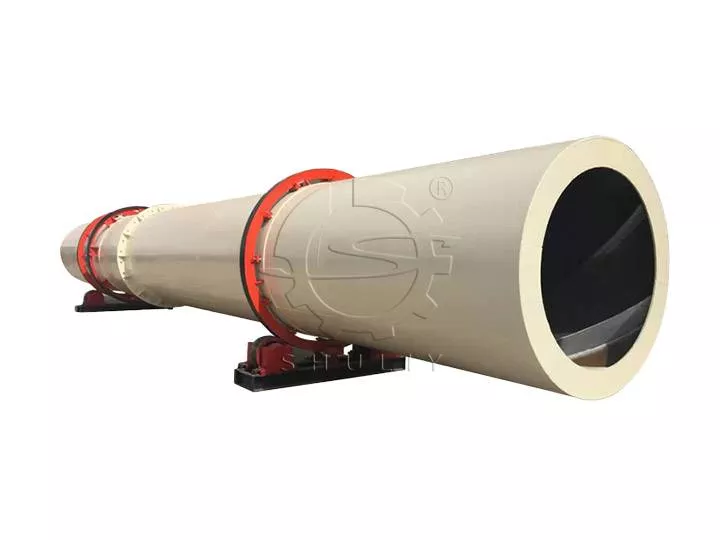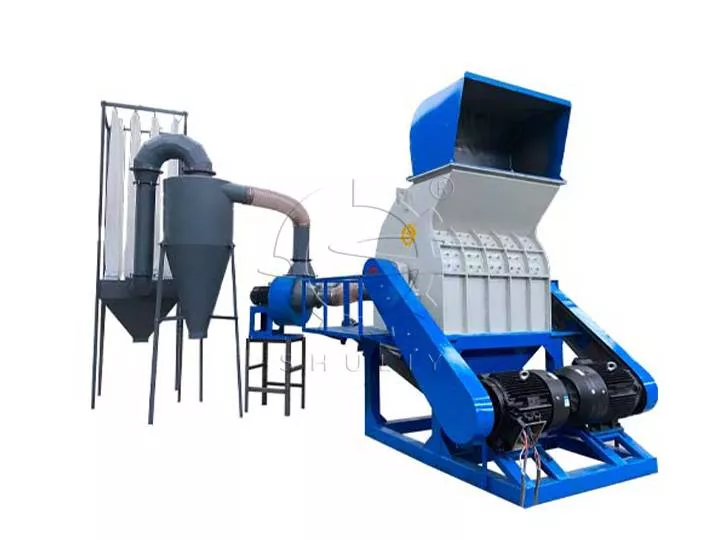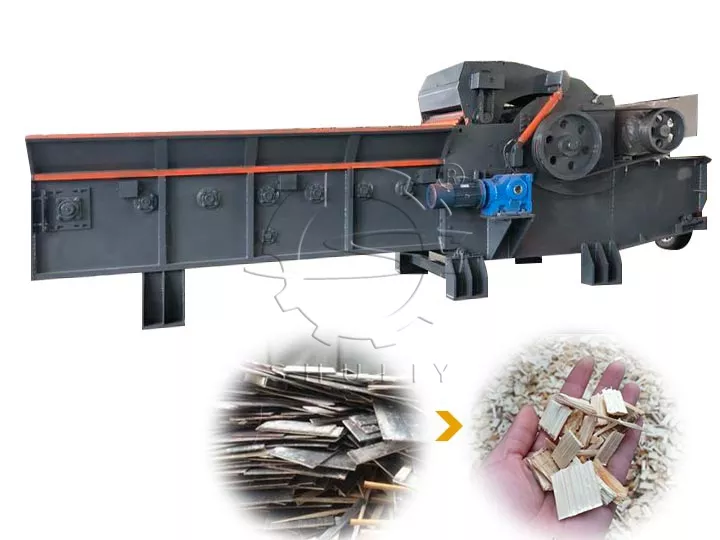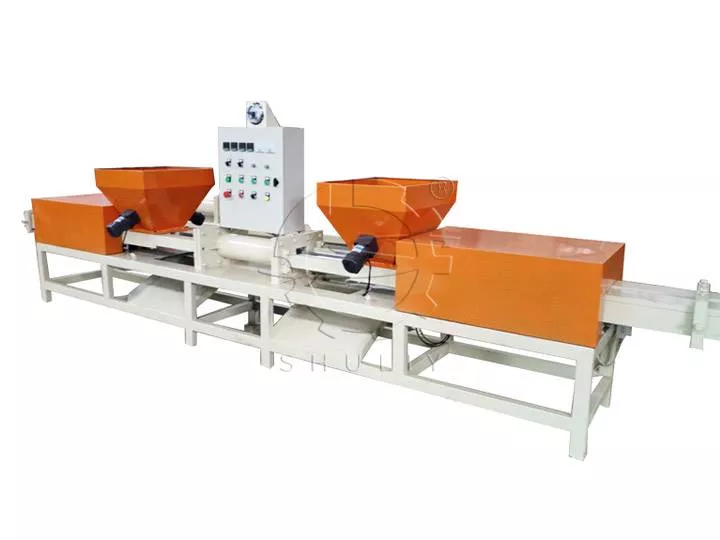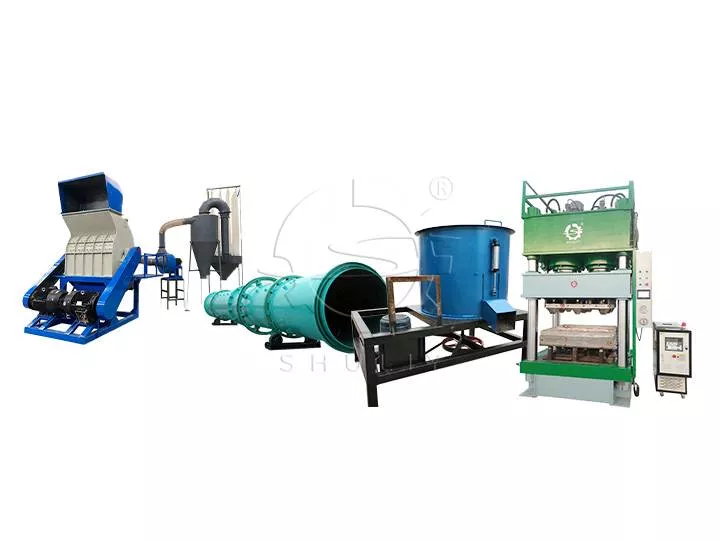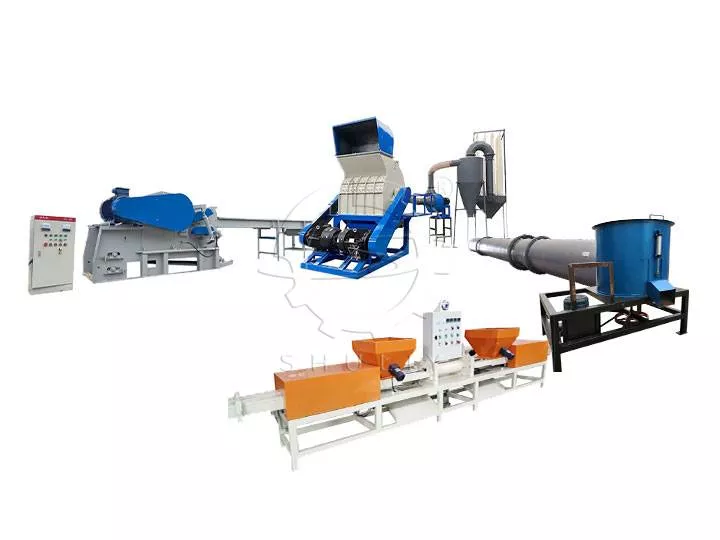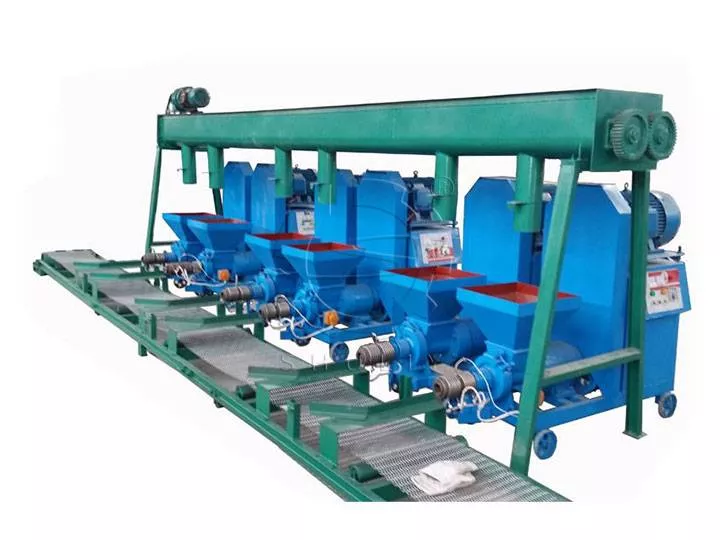¿Cuál es la mejor materia prima para fabricar briquetas de carbón?
La elección de las materias primas para las briquetas de carbón afecta significativamente su rendimiento de combustión. Se pueden utilizar diversas biomasas para crear carbón vegetal, como roble, madera de frutas, cáscara de arroz, astillas de bambú, cáscaras de frutas, aserrín, tallos de cultivos y bagazo, entre otras.
Sin embargo, es importante tener en cuenta que la calidad del carbón vegetal producido a partir de diferentes materias primas, incluso en las mismas condiciones, puede variar. Entonces, ¿cuál es la mejor materia prima para fabricar carbón vegetal?
Un factor clave para evaluar la calidad del carbón de biomasa es su contenido de cenizas. Un menor contenido de cenizas significa menos impurezas durante la combustión, lo que conduce a un mejor rendimiento de la combustión. Por tanto, es fundamental seleccionar materias primas con bajo contenido de cenizas.
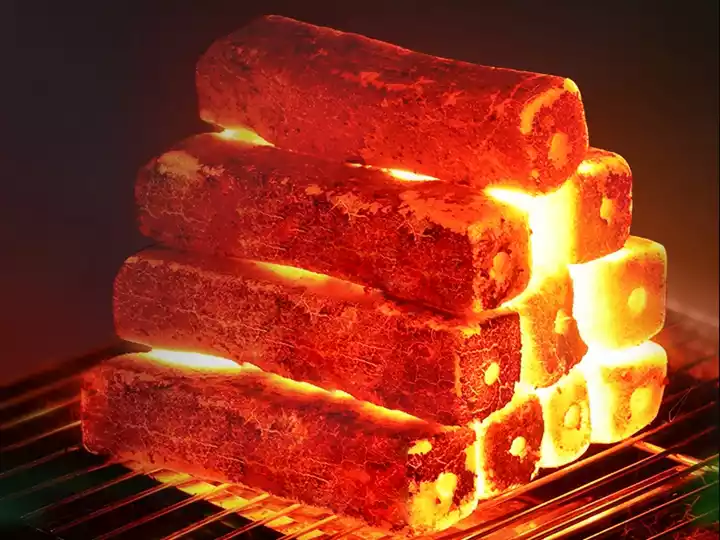
Ventajas de la cáscara de coco
La cáscara de coco es un producto de desecho natural que abunda especialmente en las regiones tropicales. Su distintiva estructura de fibra y su bajo contenido de cenizas lo convierten en una excelente opción para las briquetas de carbón. El contenido de cenizas en la cáscara de coco suele oscilar entre 2% y 5%, que es significativamente menor que el de muchos otros tipos de madera.
Esta característica permite que el carbón hecho de cáscaras de coco queme de manera más limpia, proporcione un mayor valor calórico y dure más tiempo. Además, el carbón de cáscara de coco imparte un sabor único a métodos de cocción como el asado. Podemos ofrecerte soluciones para hacer carbón a partir de cáscaras de coco. (Lee más: Un Tutorial Definitivo sobre Cómo Hacer Carbón de Cáscara de Coco: Consejos y Trucos para el Éxito>>)
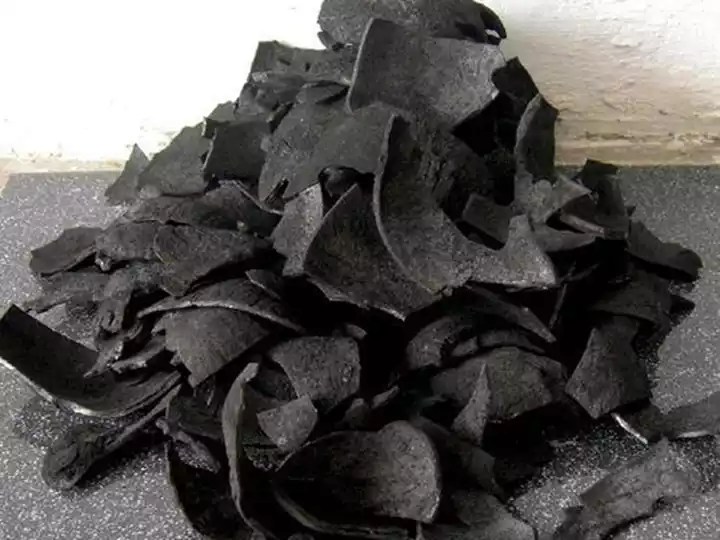
El potencial del aserrín
El aserrín es un subproducto del procesamiento de la madera que es rico en fibra de madera y tiene un bajo contenido de cenizas. Al igual que las cáscaras de coco, el aserrín suele contener un contenido de cenizas que oscila entre 3% y 6%, lo que lo convierte en una excelente materia prima para producir briquetas de carbón.
Al someterse a procesos como trituración, secado, fabricación de varillas y carbonización, el aserrín se puede convertir en briquetas de carbón que tienen una textura fina y un excelente rendimiento de combustión.
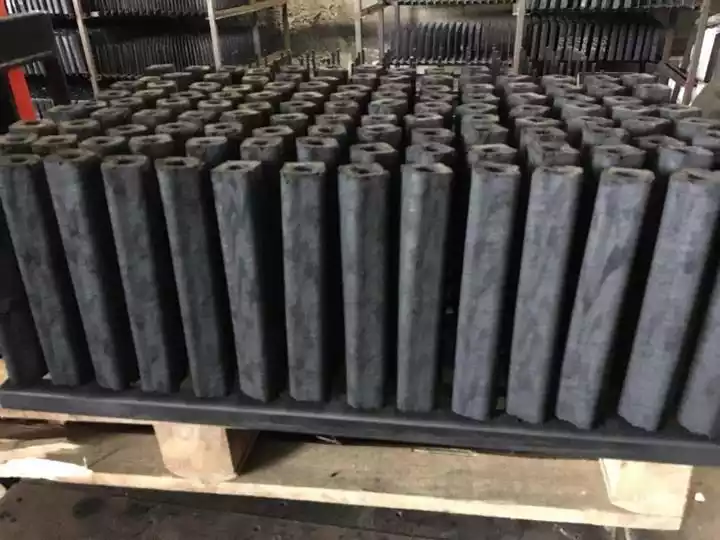
Ventajas sobre otros materiales
Los beneficios del uso de cáscara de coco y aserrín frente a otros tipos de madera, especialmente en cuanto al contenido de cenizas, son claros. Por ejemplo, ciertas maderas duras como el roble o el pino pueden tener un contenido de ceniza superior a 10%, lo que puede afectar la eficiencia de combustión del carbón vegetal. En consecuencia, las cáscaras de coco y el aserrín se han convertido en los materiales preferidos para producir carbón vegetal de alta calidad.
Utilización de recursos renovables.
Además de su excelente rendimiento de combustión, las cáscaras de coco y aserrín ofrecen los beneficios de ser renovables, fácilmente accesibles y rentables. La cáscara de coco es abundante en regiones tropicales, mientras que el aserrín es un subproducto típico de la industria de procesamiento de madera. ¡Utilizar estos materiales de desecho para producir carbón no solo ayuda a disminuir la contaminación ambiental, sino que también promueve el reciclaje de recursos!

